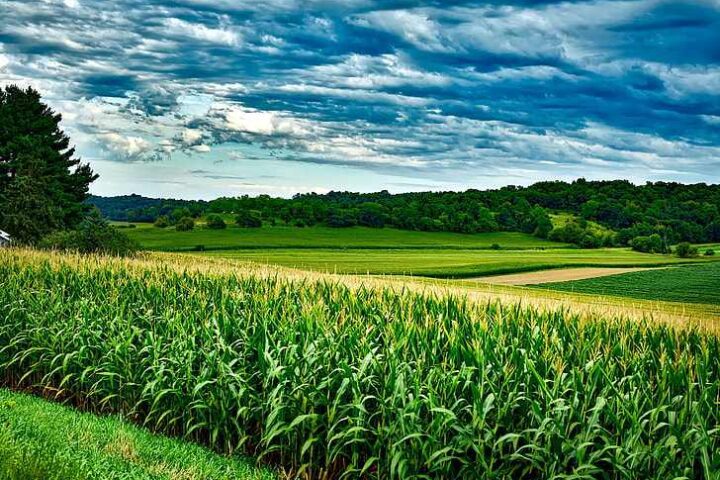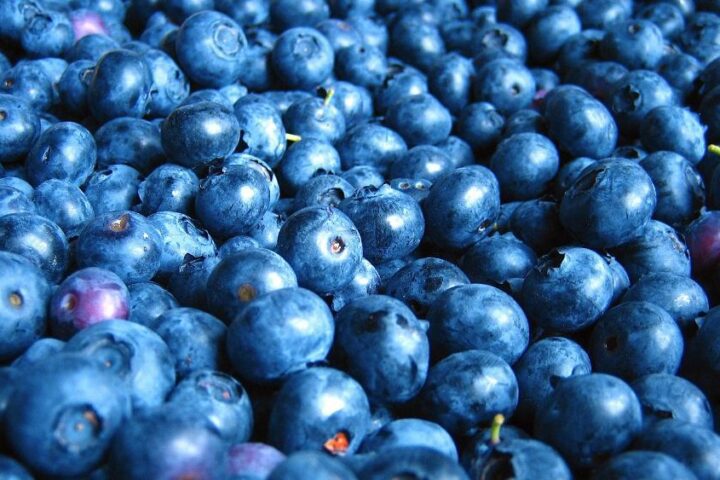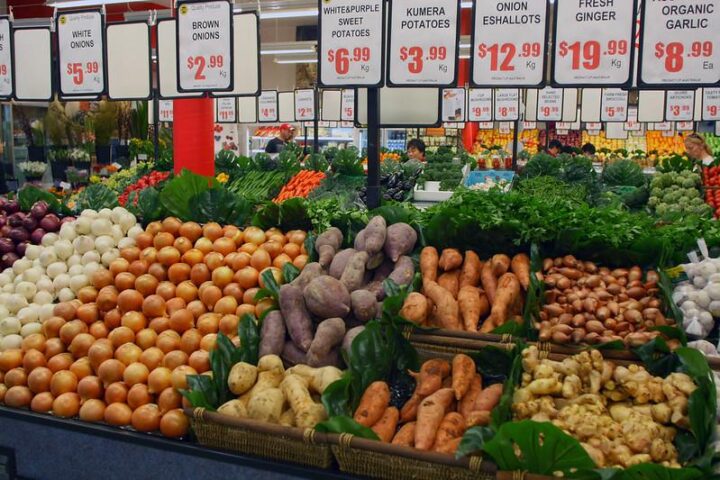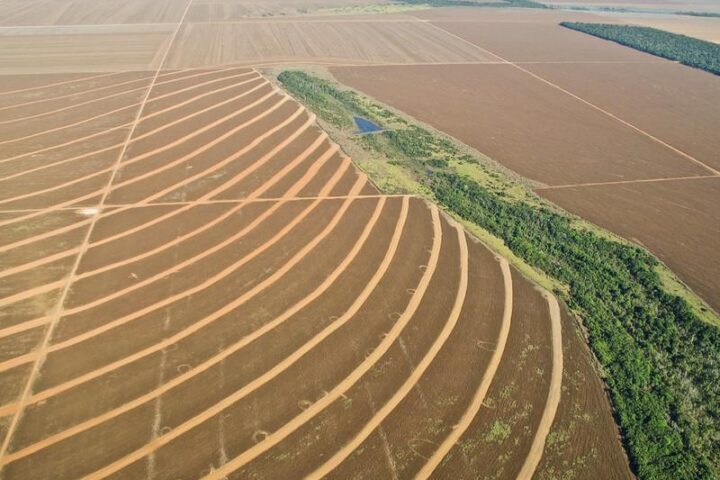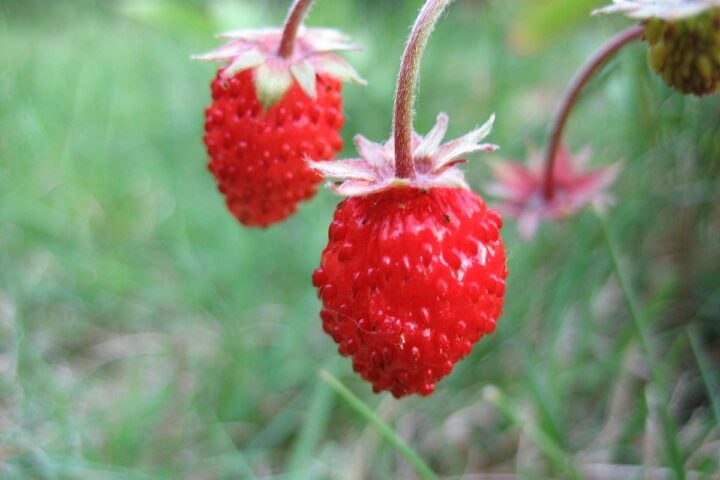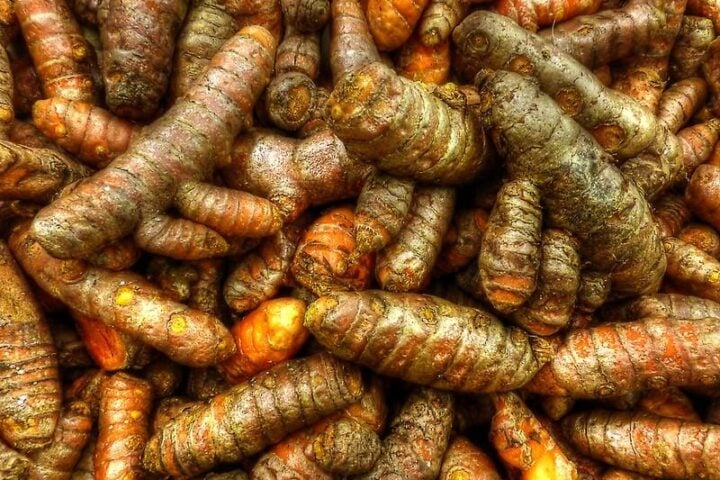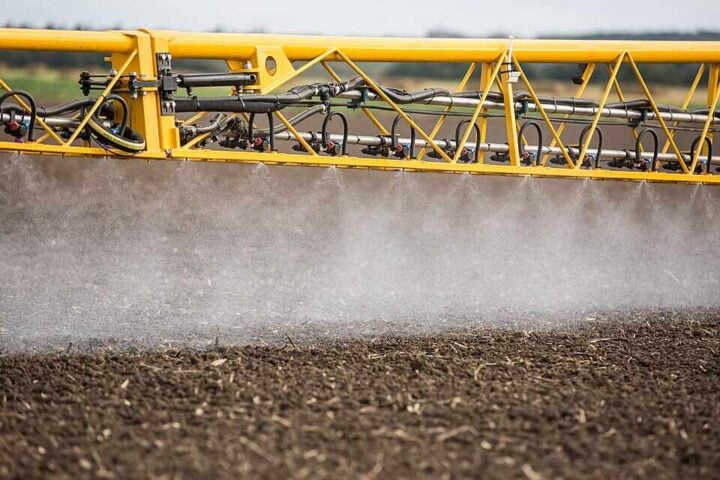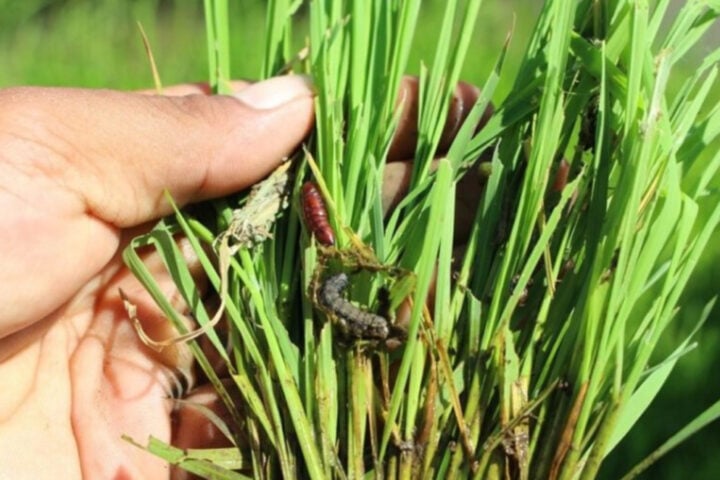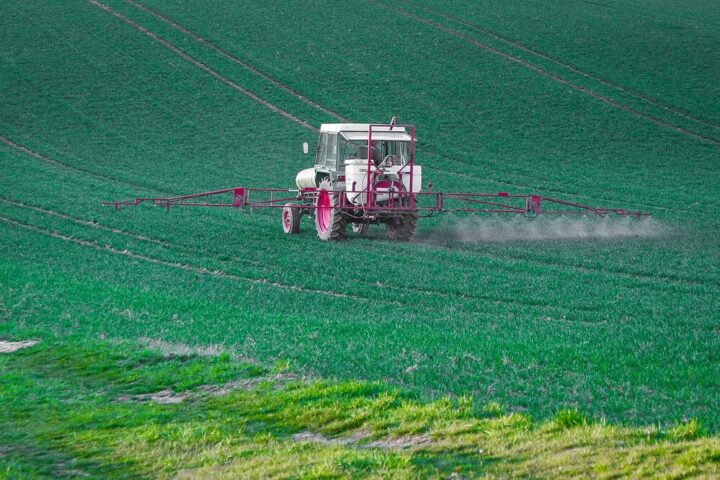The Double-Edged Root: How Cassava Feeds 500 Million While Claiming 200 Lives Yearly
A staple crop consumed across Africa, Asia and Latin America contains deadly cyanide when improperly prepared

Cassava, a starchy root crop that feeds approximately 500 million people worldwide, carries a deadly secret. This staple food, consumed across Africa, Latin America, and Asia, causes roughly 200 deaths annually due to improper preparation, according to the World Health Organization.
Native to South America but now grown extensively in tropical regions, cassava contains compounds that produce hydrogen cyanide – a potentially fatal toxin. The roots, peels, and leaves contain cyanogenic glycosides which, when consumed without proper processing, can release deadly levels of cyanide.
“Cassava tubers contain a varying quantity of cyanogenic glucosides which protect the root against attack by animals and insects,” states the World Health Organization. “When high cyanogenic cassava is not processed correctly, high dietary cyanide exposure occurs.”
Cassava By The Numbers
⚠️ Understanding Toxin Levels in Cassava Varieties
Lower cyanogen content. Can be made safe through peeling and thorough cooking. Most commonly consumed variety.
Extremely dangerous with high cyanogenic glucosides. Requires extensive processing including prolonged soaking, grating, fermentation, and thorough cooking.
The risk varies significantly between varieties. Sweet cassava contains relatively low toxin levels – less than 50 mg of hydrogen cyanide per kilogram. Bitter cassava, however, can contain up to 400 mg per kilogram.
Proper preparation neutralizes these toxins. Traditional processing methods include peeling, soaking for extended periods, and thorough cooking. When these steps are followed correctly, cassava becomes safe for consumption and provides valuable calories and nutrients.
The danger increases during food shortages. In 2017, during severe food shortages in Venezuela, people died after eating improperly prepared bitter cassava out of desperation. The risk climbs when hunger pushes people to skip crucial processing steps or consume more toxic varieties.
✅ How to Prepare Cassava Safely
Peel Completely
Remove all outer skin and thick inner peel where toxins concentrate. The roots, peel and leaves contain the highest levels of cyanogenic glucosides.
Soak or Ferment
Submerge peeled cassava in water for prolonged soaking or allow fermentation. Change water several times to leach out cyanogenic compounds. Bitter varieties require longer processing.
Cook Thoroughly
Boil cassava completely. Heat breaks down remaining toxins and releases volatile hydrogen cyanide gas. Never consume raw cassava.
Dry When Possible
Sun drying cassava tubers for six days at proper temperatures can decrease free cyanide content by 90%. This traditional method provides additional safety.
Cyanide poisoning from cassava can cause symptoms ranging from dizziness and vomiting to paralysis and death. Long-term exposure to smaller amounts has been linked to neurological disorders like konzo, which causes irreversible paralysis of the legs.
Konzo is an irreversible spastic paraparesis of sudden onset, associated with consumption of bitter cassava and low protein intake. It is a disease of extreme poverty that mostly occurs in epidemics but also appears in sporadic cases across sub-Saharan Africa.
Despite these risks, cassava remains vital for global food security. The plant thrives in poor soils, tolerates drought, and provides reliable harvests where other crops fail. For many communities facing harsh growing conditions, cassava represents a crucial defense against starvation.
💡 Essential Facts About Cassava Toxicity
Main Toxic Compounds
Cassava contains linamarin and lotaustralin, cyanogenic glycosides that release hydrogen cyanide through enzymatic breakdown. These protect the plant from insects and herbivores.
Konzo Disease
Permanent spastic paralysis affecting legs primarily. Occurs in areas of extreme poverty with high cassava consumption and protein deficiency. Estimated 100,000 cases in Democratic Republic of Congo alone.
Global Staple Crop
Over 600 million people worldwide rely on cassava. Nigeria is the world’s top producer, followed by Thailand and Brazil. Third largest source of calories in the tropics after rice and corn.
Crisis Connection
Cassava poisoning increases during droughts, famines, and wars. Stressed plants produce 2-4 times more cyanide. Displaced populations may consume wild bitter varieties without proper processing.
Symptoms Progress Quickly
Acute poisoning causes rapid respiration, drop in blood pressure, dizziness, vomiting, convulsions. Lethal dose for adults is 30-210 mg hydrogen cyanide depending on body weight.
Safe Processing Standards
WHO recommends cassava flour contain less than 10 ppm (10 mg/kg) cyanide. Multiple processing methods together most effectively minimize toxins to safe levels.
Nigeria currently leads global cassava production, though the crop originated in South America. Its ability to grow in challenging environments makes it increasingly important as climate change affects agricultural systems worldwide.
When viewed in context, the approximately 200 annual deaths represent a tiny fraction of the half-billion people who safely consume cassava. The key difference lies in knowledge and resources – communities with established processing techniques and food security rarely experience cassava poisoning.
This resilient root was discussed as balancing food security with food safety that many communities navigate daily – and the role of traditional knowledge in transforming potentially deadly plants into lifesaving staples was covered.
Learn More About Food Safety
Understanding proper food preparation can save lives. Access authoritative information about foodborne chemical hazards and safe cassava processing methods.



